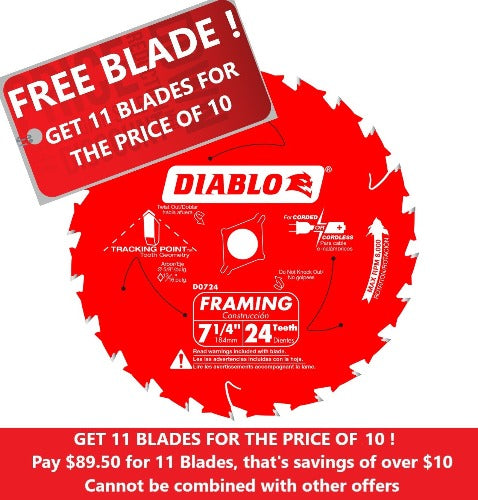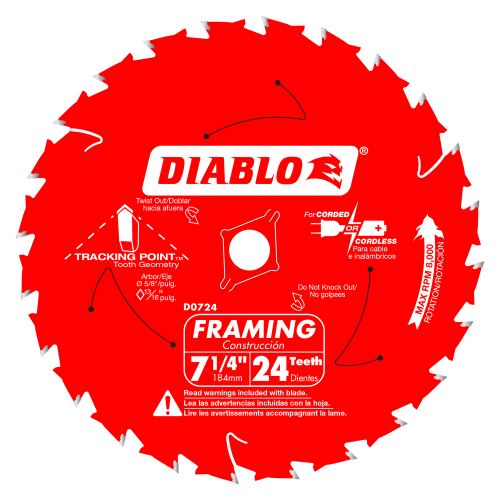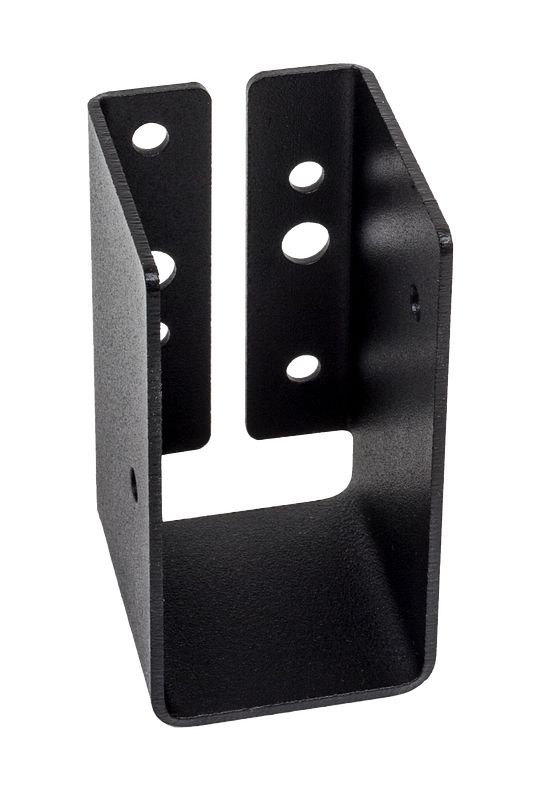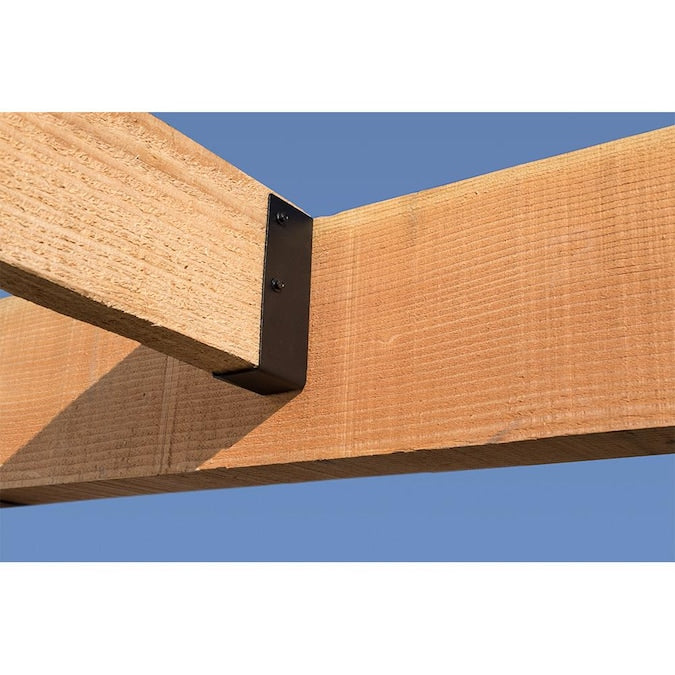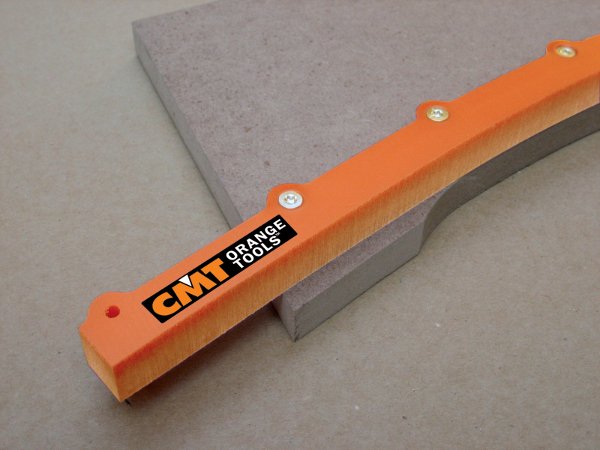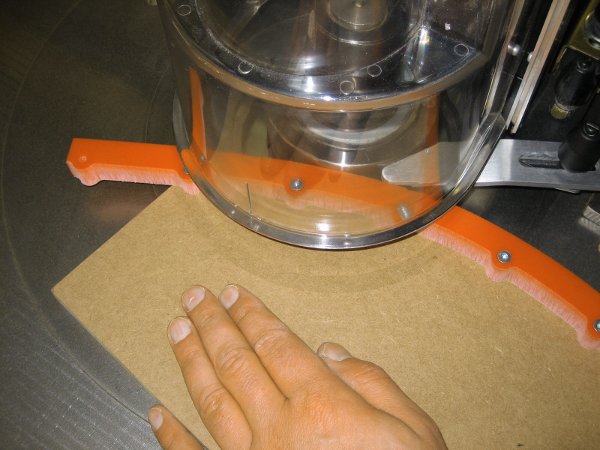Venturing into the world of construction or machinery, the intricacies of components become paramount. The subtle yet significant difference between a lead screw vs threaded rod might seem trivial, but this distinction plays a pivotal role in project outcomes. Though both might appear similar, their functionality, construction, and ideal applications diverge considerably.
Understanding Their Core Essence
A lead screw is primarily geared towards machinery at its heart, adeptly converting rotational movements into linear ones. Its threads are meticulously designed, ensuring that friction remains minimal, and it is often accompanied by specially tailored nuts to aid its movement. In contrast, the threaded rod, stretching its threads from one end to another, is a connector or fastener. The realm of motion transformation isn't its domain.
Material Choices and Their Implications
Diverse tasks necessitate diverse materials. For lead screws, materials are chosen with precision, like stainless steel, bronze, or even plastic, prioritizing the smooth transformation of motion. A threaded rod, however, might court a wider spectrum of materials, such as stainless steel and brass, focusing more on their ability to connect and hold.
The Role of Threads and Their Design
Thread design significantly influences the purpose of these components. The lead screw's threads are intricately designed to mesh seamlessly with corresponding nuts, ensuring that the motion is smooth and efficient. Threaded rods, however, need to follow this specialization. While essential for fastening, their threads don't cater to motion transformation, making their design more generalized.
Ideal Environments and Applications
A lead screw finds its true calling in environments where motion transformation is critical. Think of machinery, where a motor's rotational force needs to be translated into a linear push or pull. This is where the lead screw shines. Threaded rods, however, grace projects that require strong fastening or connection between parts, such as construction sites or DIY home projects, serving as reliable anchors or ties.
Lifespan, Wear, and Maintenance
Given their unique tasks, the wear and tear they experience also differ. Lead screws, constantly involved in motion transformation, may experience wear, especially if not well-lubricated or exposed to excessive loads. Regular maintenance and occasional replacements become necessary to ensure they operate optimally. Given their static role, Threaded rods might not demand frequent attention, but ensuring they're free from rust and corrosion is vital for their longevity.
Integration with Simpson Strong-Tie Connectors
In the vast landscape of construction components, Simpson Strong-Tie connectors stand out for their robustness and reliability. When threaded rods are used with these connectors, a fortified structural connection results. These connectors, known for their strength, enhance the anchoring capabilities of threaded rods, ensuring a sturdier assembly. Especially in environments demanding high-strength ties, the combination provides an unparalleled edge.
One of the standout features of Simpson Strong-Tie connectors is their versatility, amplified when paired with components like threaded rods. The adaptability shines through, whether for anchoring wooden beams, affixing elements in masonry, or holding together a complex structure. The threaded rods, with their fastening prowess, coupled with the connectors, form a duo that quickly addresses a broad range of construction challenges.

